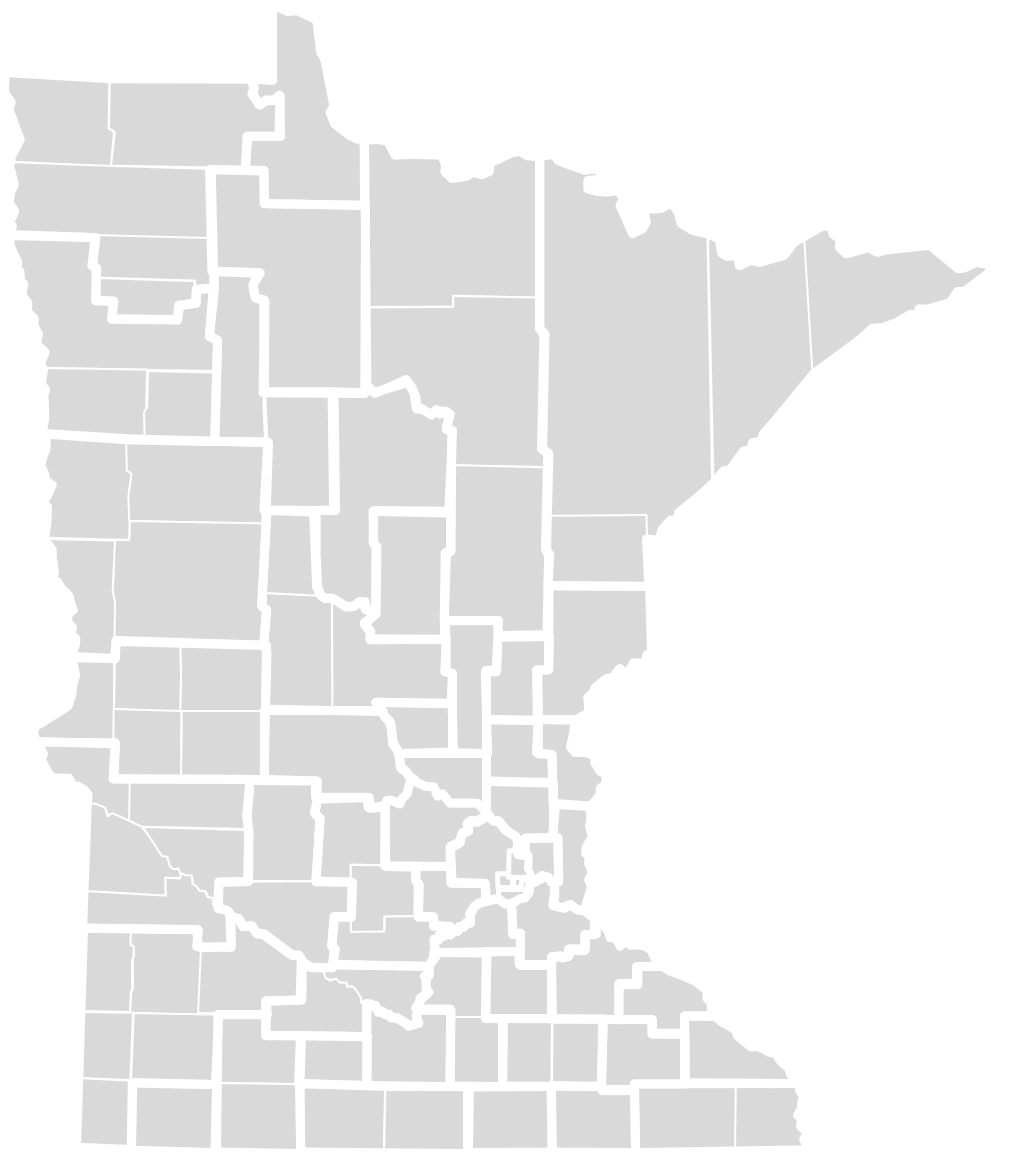What is local public health working on right now?
What are Community Health Boards Working on Right Now?
Community health assessment and planning in Minnesota
Every five years, Minnesota community health boards assess their community's health priorities, and plan--often in partnership with other community organizations--how to address those priorities. These steps are called a community health assessment, and a community health improvement plan.
Read on to learn about:
Issues most frequently prioritized statewide
Issues your local jurisdiction has included in its plan
Jurisdictions working on the same issues
Related: Minnesota statewide health assessment (opens in new tab)
At a glance: Priority health issues across the state
This resource is updated approximately every four years. For the most up-to-date information, click on a health priority or select a jurisdiction below.
2020: Priority health issues identified by community health boards in Minnesota (PDF)
2015:
Minnesota's most important community health issues (PDF)
Minnesota's public health standards most in need of improvement (PDF)
What issues is my community health board addressing?

Which jurisdictions are working on the same issues?
Even if a community health board hasn't identified an issue as a top priority in its community health assessment, it doesn't mean the community health board isn't working on it in another capacity. The list below just includes those issues that community health boards have identified as top priorities needing attention.
- Access to dental care services
- Access to health care services
- Access to mental health care services
- Adolescent/youth high-risk behavior
- Adverse childhood experiences (ACEs)
- Aging population
- Air/air quality
- Asthma (pediatric)
- Asthma (adult)
- Breastfeeding
- Bullying
- Child maltreatment
- Childcare access and affordability
- Children and youth with special health needs
- Chronic disease
- Civic participation
- Climate
- Disabilities
- Discrimination
- Domestic and relationship violence
- Eating habits
- Economic stability (poverty, employment, food security, housing stability)
- Education (high school graduation, educational attainment, early childhood education)
- Environmental disasters and emergencies
- Food safety
- Groundwater quality
- Health inequity of specific populations
- Homelessness
- Immunizations
- Incarceration
- Infectious disease (TB, STIs, measles)
- Lead
- Mental health
- Neighborhood and built environment (quality of housing, transportation access, access to healthy foods, neighborhood crime and safety)
- Obesity
- Oral health
- Outdoor recreation
- Parenting-family systems
- Physical activity
- Radon
- Social connectedness
- Soil
- Substance use: Alcohol
- Substance use: E-cigarettes
- Substance use: Marijuana
- Substance use: Opioids (heroin, prescription)
- Substance use: Tobacco and secondhand smoke
- Substance use: Other illicit drugs (meth, cocaine)
- Substance use: Other prescription drugs
- Substance use: General
- Suicide
- Surface water quality
- Technology access (high-speed internet)
- Teen pregnancy
- Uninsured and/or underinsured
- Unintended injuries
- Vectorborne disease
- Violence
- Other issues not listed above